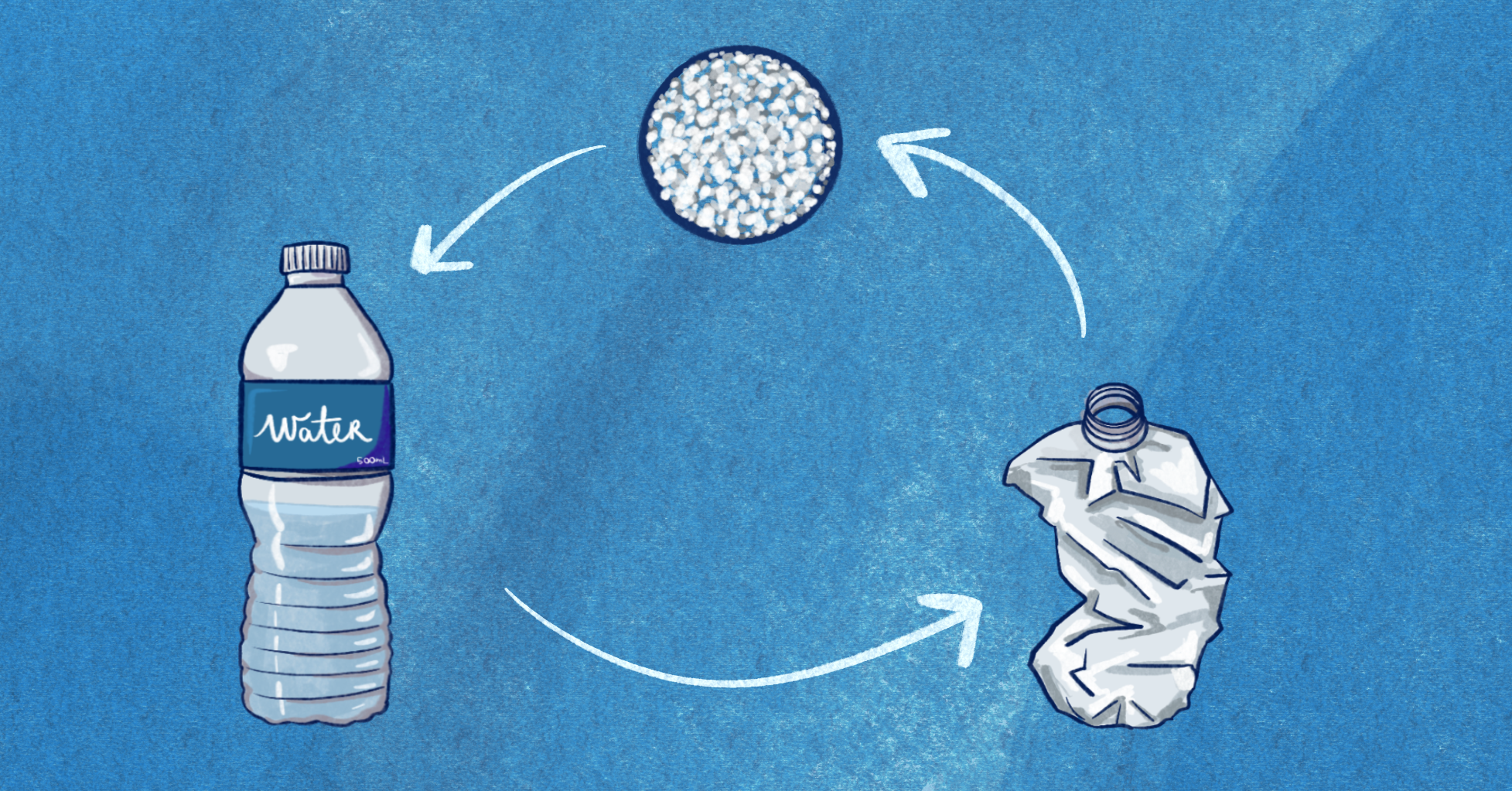Dear plastic bottle, where are you now?
Although consensus surrounds single-use plastic bottles’ devastating effect on the environment, plastic-free alternatives prove hard to implement, requiring an international call for action.
The life of a single-use plastic water bottle is a peculiar one, because frankly, it’s one that seems to never end. A plastic water bottle will exist in one form or another for 400 to 1,000 years, according to Sydney Water, an Australian governmental organization. It’s strange to think that every plastic bottle we’ve collectively used is still floating around somewhere on this earth, but that’s the unfortunate truth. Whether we look at a bottle of water today versus five, 10, or 20 years down the line, it’s likely that not much would have changed for the bottle.
Although the length of the lifetimes of each plastic bottle is the same, the ways they spend their lives may vary. Most bottles are not recycled; up to a whopping 90 per cent of all single-use plastic bottles end up in landfills. If your bottle happens to be in the minority that doesn’t, that means it will be repurposed and turned into another plastic object that will eventually end up in a landfill. If your bottle is in the majority, it will end up in a landfill a lot quicker, but the fate of each will likely be the same.
Landfills are not the only place where plastic bottles end up. They’re known to populate our greatest source of oxygen, home to marine creatures (which make up 94 per cent of all living things): the ocean. Approximately eight million tons of plastic make their way into our oceans each year, and although it’s true that plastic bottles aren’t the sole culprit, they are contributors, nonetheless.
The plastic bottle’s life cycle doesn’t end here. Instead, the bottles break down into smaller bits of plastic, known as microplastics, over time. These particle-like bits are consumed by fish and even end up in the water that we drink. So, there’s a high chance that microplastics could have ended up in your body.
Nowadays, though their usage is not encouraged, single-use plastic water bottles are still active and ever-present drinking vessels in the world. With a rise in awareness for the above environmental issues and countless others caused by single-use plastic, their usage has become scrutinized, and there has been a strong push towards reusable bottles. But what needs to happen in the future for plastic water bottles to become obsolete? What is the future of single-use plastic bottles?
As we know, water is a necessity far more than it is a luxury, so access to safe drinking water is needed for all people. If we look around the world and at the current state of America, we can see that clean drinking water is not guaranteed. Countries like Ethiopia, Papua New Guinea, and some cities within the US like Flint, Michigan and Jackson, Mississippi have seen issues with access to clean drinking water. Without clean drinking water, it can be assumed that access to bottled water will be in high demand. One resident of Jackson, Mississippi said: “I spend about US$200 on bottled water every month. That’s mainly what I use that money for, to buy five big cases of water for the month.”
With the current and escalating climate crisis, it’s possible that access to clean drinking water will become even more limited over time. According to Danamark, a Canadian water care company, “Flooding from climate change can affect water quality, as large volumes of water can transport contaminants into water bodies and also overload storm and wastewater systems.” Even though single-use plastic bottles are condemned socially, the need for them is actually rising—they seem to be both the problem and the solution.
Since it’s likely that the need for transportable water bottles will not become obsolete, what is an alternative? What can single-use plastic bottles evolve into so that the environmental impact is lowered? It’s possible that single-use biodegradable bottles will be manufactured and encouraged. Just as many grocery stores have stopped offering plastic bags and paper straws have become the new normal in many places, it’s not impossible that we could see a total shift away from plastic.
For this alternative to be successful, plastic-free substitutes would need to maintain some key features that draw people to plastic bottles in the first place. First, they must be accessible in both how many are available and how much they cost. They also need to withstand travel for long periods of time, as plastic does. Finally, they should come in varying sizes so that families without access to safe drinking water can be provided for.
Already, famous actors like Jason Mamoa and Jaden Smith have created plastic-free, single-use water bottles. Although these alternatives are far more expensive, and therefore less accessible to the majority of the population, it seems to already indicate a shift in water bottle production. However, to fully eliminate single-use plastics, international corporation would be required.
Tackling this issue, the United Nation’s (UN) Intertergovernmental Negotiating Committee is working on an international legally binding agreement with 175 nations’ corporations. Through international collaboration, the draft, aimed at being completed by 2024, will explore various plastic-free substitutes, among other ways of combatting plastic pollution. With this in the works, the UN is hopeful for a more eco-friendly and sustainable future, free of plastics.

